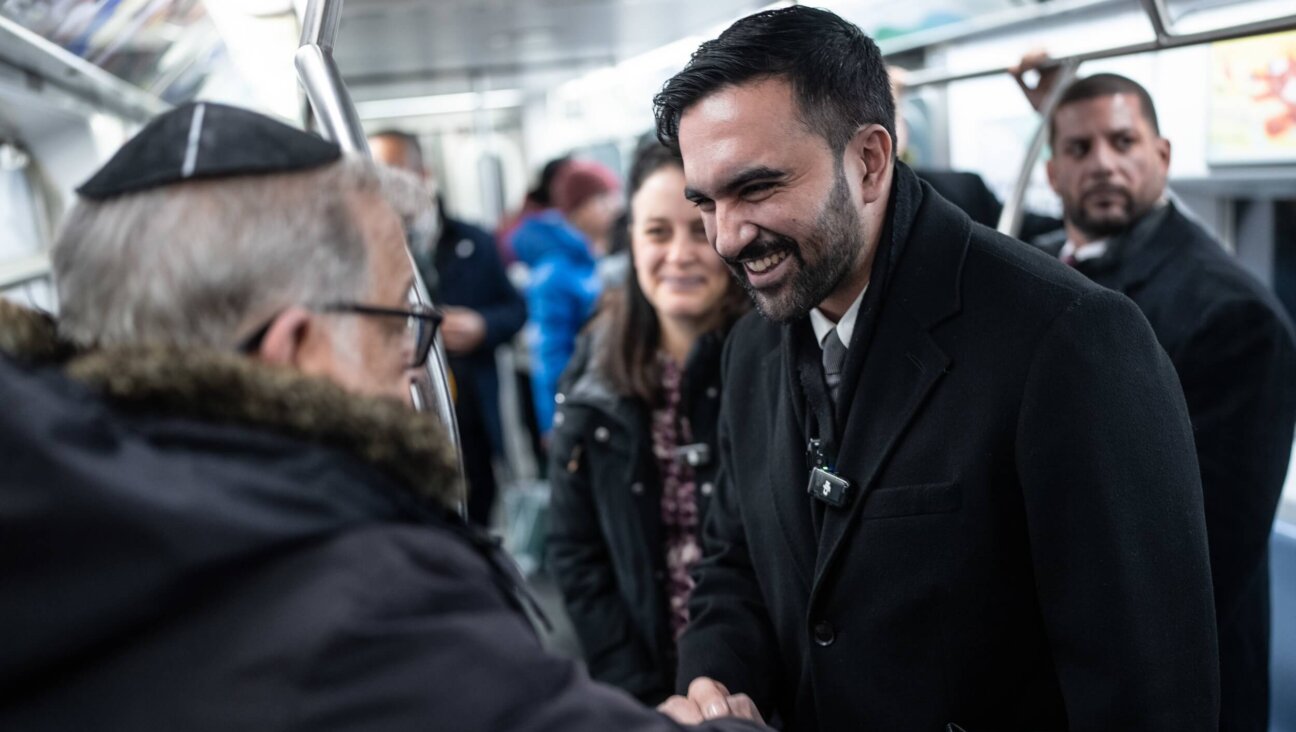Why So Many Brooklyn Orthodox Jews Are Dying In Tragic Fires

Image by Nikki Casey
The flames were terrifying. The losses, unbearable. The similarities, deeply sobering.
When seven children of the Sassoon family, ages 5 to 16, died together in an early morning March 2015 house fire, caused by a faulty Sabbath ritual hot plate, a neighbor, Yosi Azan, wrote in a Hebrew Facebook post that he knew the family. His children and theirs were schoolmates. It was, he wrote, “impossible to understand.”
The two families, both of them Israeli emigres, attended Yeshivah Ateret Torah, an acclaimed day school that serves their Syrian Orthodox Jewish community in the Midwood and Sheepshead Bay sections of South Brooklyn.
Now, Yosi Azan, age 40, is fighting for his life in the Staten Island burn unit, critically wounded after trying to save his family in an early morning house fire December 18 that took the lives of three of his six children, ages 3 to 11, together with their mother, Aliza, 39. It was caused, fire officials believe, by a cracked glass receptacle in an oil-burning Hanukkah menorah. And Gayle Sassoon, who, now 48, was critically wounded while trying to save her children in 2015, has reached out through a rabbi to ask if she can help in some way.
A third fire just a few blocks away, in Midwood, this one caused by a faulty ritual hot plate on the Sukkot holiday, took the life of 8-year-old Avigdor Krasny in October 2010. His father, Jacob Krasny, braved the flames to save five of his children but was unable to reach Avigdor.
In all, 12 people — 11 children and one adult — have died since 2010 in a roughly mile-square section of Brooklyn, bisected by Kings Highway near Coney Island Avenue, in house fires resulting from Jewish ritual observance gone horribly wrong.
Two more fires a decade earlier, both caused by ritual candles igniting furniture, left three people dead: Ruchy Urbach, age 6, in Boro Park, 2002, Sabbath candles; Sarah Halverstam and her infant daughter, Chaya, Willilamsburg, 2000, Shavuot festival candles. Halverstam, a visitor from Montreal, was the granddaughter of the then-grand rabbi, Moshe Teitelbaum of the Satmar Hasidic court.
The total since 2000: 15 people, including 13 children, consumed in five Brooklyn house fires related to Jewish ritual observance — two hot plates, two candlesticks, one menorah. Two on the Sabbath, one each on Shavuot, Sukkot and Hanukkah. At least seven more were wounded, four of them critically.
There’s little information available on injuries from nonfatal Sabbath-and-holiday fires, though we know of one in 2009 in Boro Park and another in 2011 in Kiryas Joel, the Satmar enclave in upstate New York.
When I first reported on the trend of Sabbath and holiday fire deaths back in 2015, at the time of the Sassoon family tragedy, outraged critics accused me of Orthodox-bashing. They insisted that such deadly fires (then totaling 11 deaths in four fires in 15 years) could not be blamed on traditional Jewish ritual and that drawing such a connection was “pernicious,” “patently offensive”” and “cold, callous and misguided.” Most noted the genuine and earnest efforts by community leaders to teach safety practices. Several suggested that I should be writing instead about deaths from auto accidents, faulty refrigerators or perhaps Christmas tree fires, which presumably would be a comparable example of ritual-related house fires.
Statistically, fire departments respond to a national yearly average of some 200 fires “that started with Christmas trees,” according to the National Fire Protection Association. Deaths from Christmas tree fires average about six per year nationwide.
Overall deaths from house fires nationwide have been declining steadily over the past decade,to 3,362 in 2015 from 3,940 in 2006, according to the Federal Emergency Management Agency’s fire safety division. FEMA measures the national death rate from house fires by using a metric that counts total individual fire deaths per million population per year. That measure has declined to 10.5 fire deaths in 2015 from 13.2 fire deaths per million Americans in 2006 The rate varies widely by state, with the highest risk in Alabama, Mississippi, West Virginia, Arkansas and the District of Columbia.
Applying the same FEMA metric to Brooklyn’s Orthodox Jewish population of just slightly fewer than a quarter-million souls, a total of 15 deaths over 17 years is equivalent to about 3.5 deaths per million population per year.
It should be noted that these Sabbath-and-holiday fires are not a specific byproduct of Orthodox halachic observance. There’s no record of such fires in the Modern Orthodox communities of Riverdale or Teaneck, nor in the Orthodox communities in Baltimore, Cleveland or Los Angeles. The phenomenon seems to be most visible in the larger, more traditionalist and more insular communities based in Brooklyn — specifically in or near Midwood, in Boro Park and in Satmar centers.
A fire in Teaneck, New Jersey, in 2005 that killed four children occurred in midweek, reportedly caused by overloaded electrical circuits, and was unrelated to Sabbath or holidays. A fire at a Jewish community center in Yonkers, New York, in 1965 that killed 12 people was caused by arson.
Are there particular communal or cultural patterns that predict these fires? It’s hard to say, and not something to guess at. One rule should be remembered, though. As journalists and spies often note, one is happenstance, two is coincidence, three is a trend. Five is worth some long, hard thinking. There won’t be answers if we don’t let ourselves ask the questions.
















